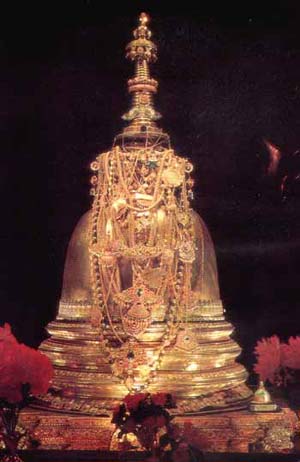
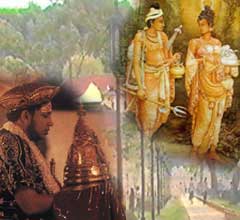
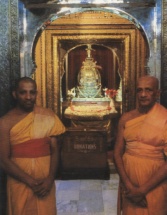
"부처님의 치사리"를 모셔놓은 사리장엄구
Malagawa Vihara (Dalada Maligawa), Kandy, Sri Lanka.
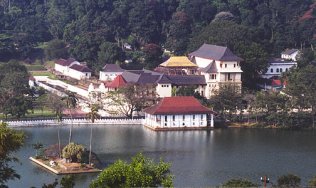
Dalada Maligava (the Temple of the Tooth)사원
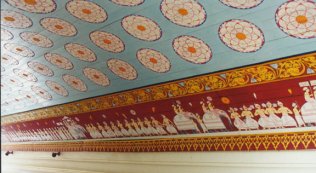
1998년 1월 24일 새벽 6시경에 Tamil 테러리스트들에 의한 트럭폭탄테러에 의하여 파괴된 후 새롭게 단장한 현관
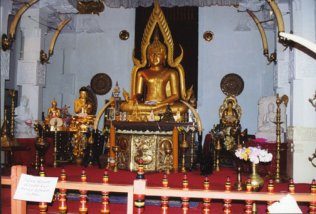
Buddha statue
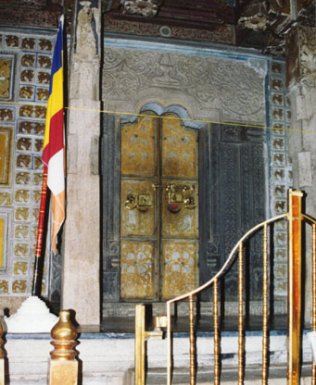
문
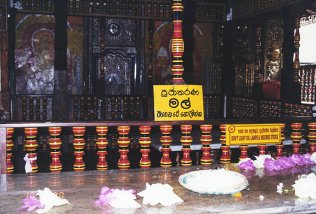
치사리가 모셔진 제단
RELICS ENSURED THAT the presence of the Buddha is perpetuated after the passing of the Buddha. They are generally fragments of cremated bones. However, some relics can even appear pearl-like, translucent and multi-coloured.
Relics were always kept in monasteries, where they were enshrined in stupas. For instance, the great stupa at Sanchi, which contains relics of the Buddha, is set in the middle of a large monastic complex. A similar arrangement is found in Sri Lanka, where some of the relics finally came to rest, the most celebrated being the tooth relic at Kandy (see: Buddha's Tooth Relic). It is said that about forty pieces of Buddha tooth relics were distributed to different parts of the world. Myanmar is another country that's popularly known to enshrine Buddha tooth and body relics, alongside with relics of Buddha's disciples.
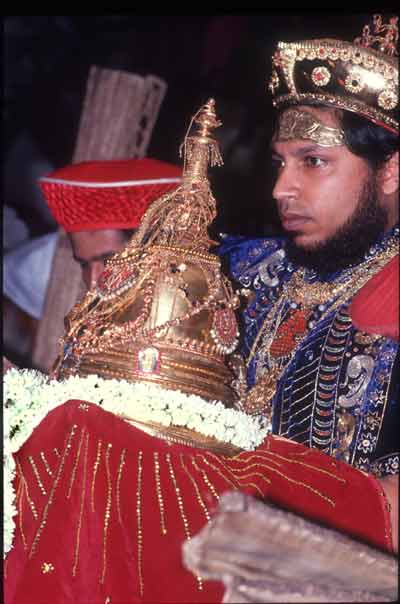
In China, finger bone of the Buddha was discovered in the 1980s in the forgotten crypt in the Fainen temple (Famensi) in Shaanxi province. Renowned as one of the four places in China with Buddha relics, the Famen temple enjoyed direct imperial patronage, especially in the ninth century.
Before the first century, relics were a key instrument in the spread of
Buddhism in helping to establish new centres of religious significance. The
practice of venerating relics and images has played a central role even in
Buddhist traditions that strongly emphasize that Gautama Buddha was a human
being who died and is no longer able to aid his followers. was a human being who
died and is no longer able to aid his followers.
Early accounts of the Buddha's death include the story of how his cremated remains were divided into portions and distributed among local rulers who enshrined them throughout northern India. What is more telling, however, is the description of how the Mallas, in whose territory the Buddha died, initially sought to keep all the relics for themselves.
When a terrible war was about to ensue, a Brahman or priest named Drona intervened, saying: "Our Buddha was a teacher of forbearance. Unfitting indeed is this clash of arms over the division of the (Buddha's) remains. May you all be united, sirs, reconciled; rejoicing together we shall make eight portions; relic monuments will be widespread in all directions."
This story provides a dramatic object lesson in both the great value accorded to the Buddha's remains and in dangers of selfish attachment. The resolution of the story suggests that the Buddha's relics are so precious that they should be widely distributed and thus made accessible to as many people as possible.